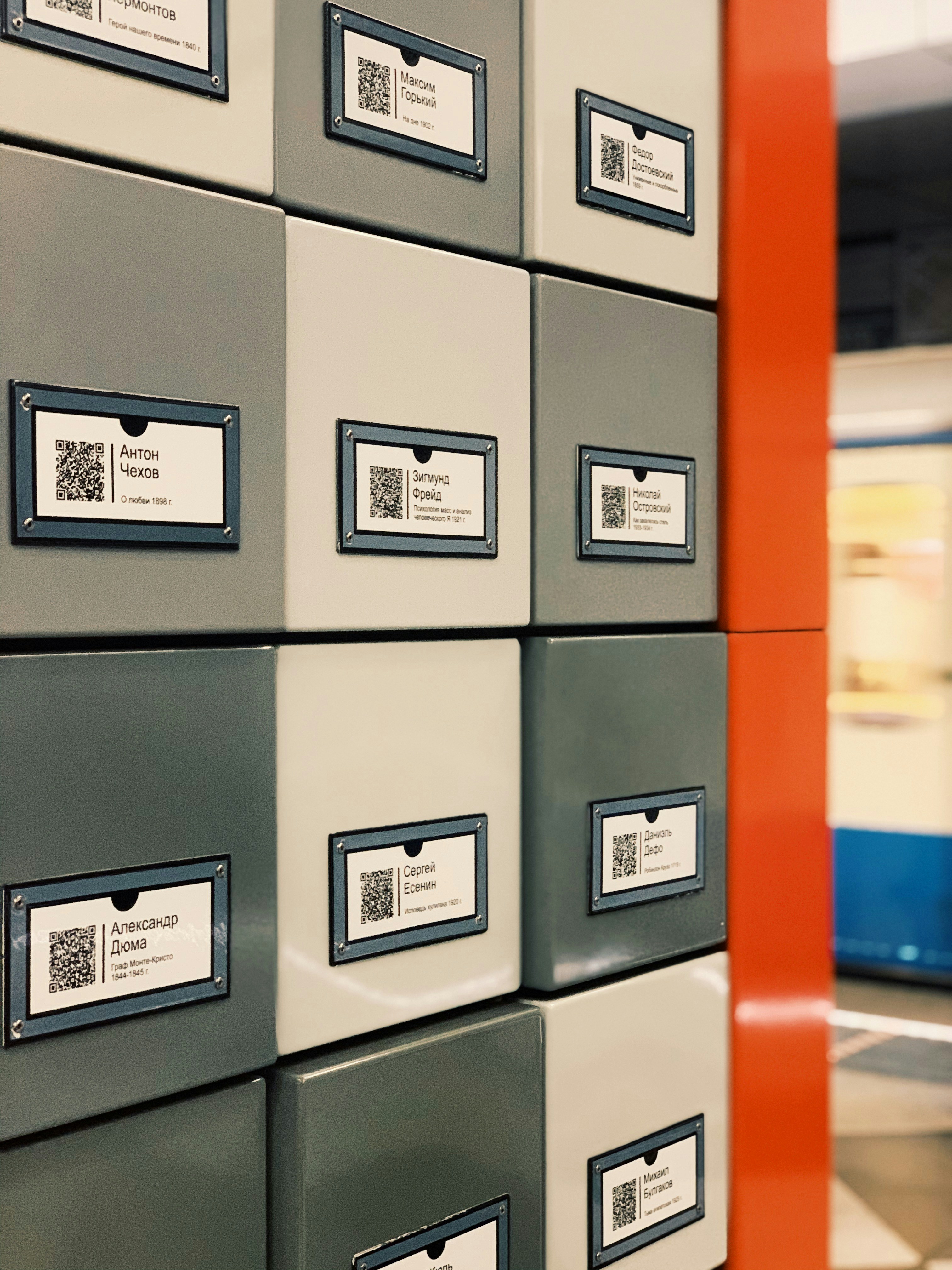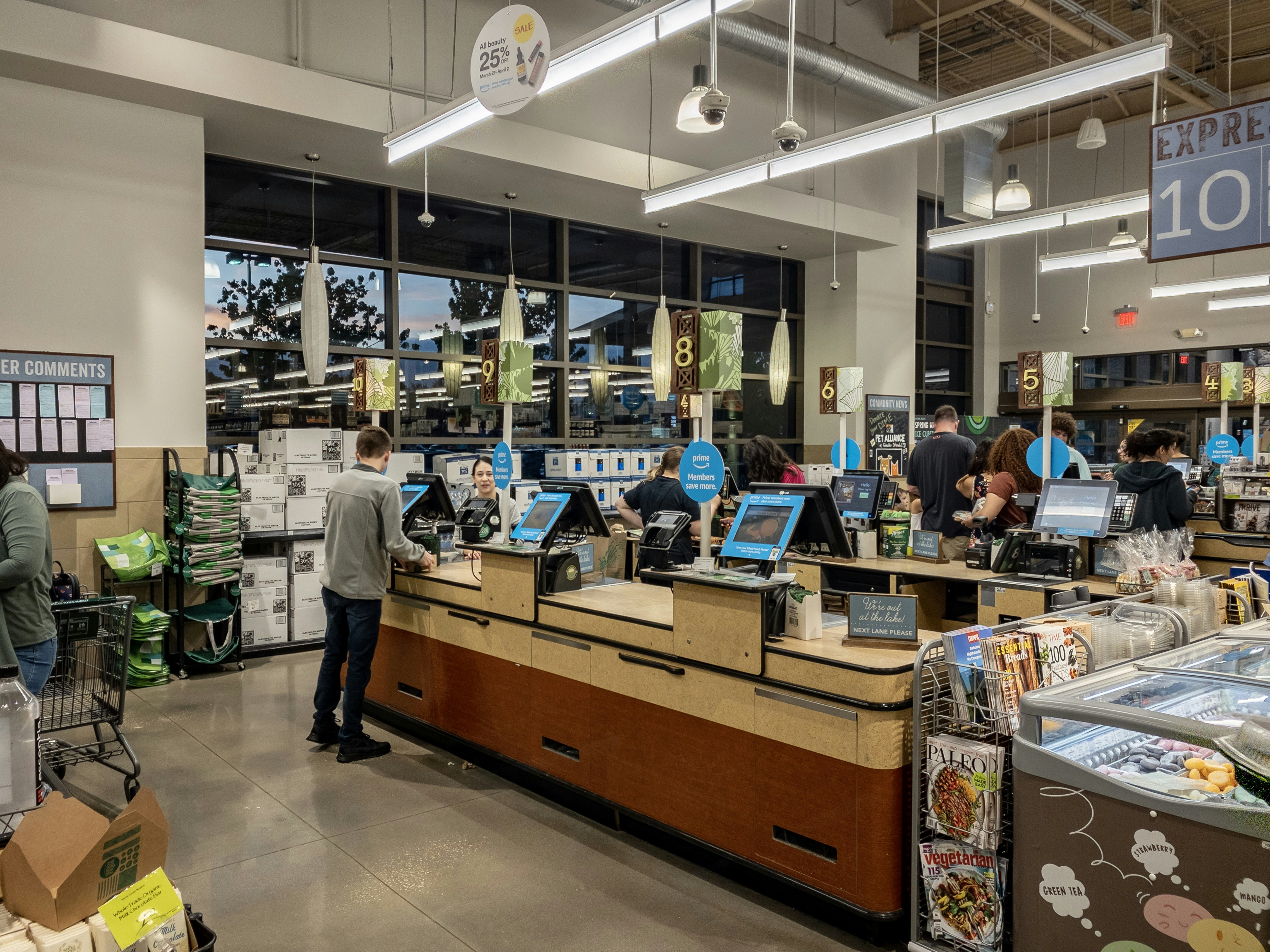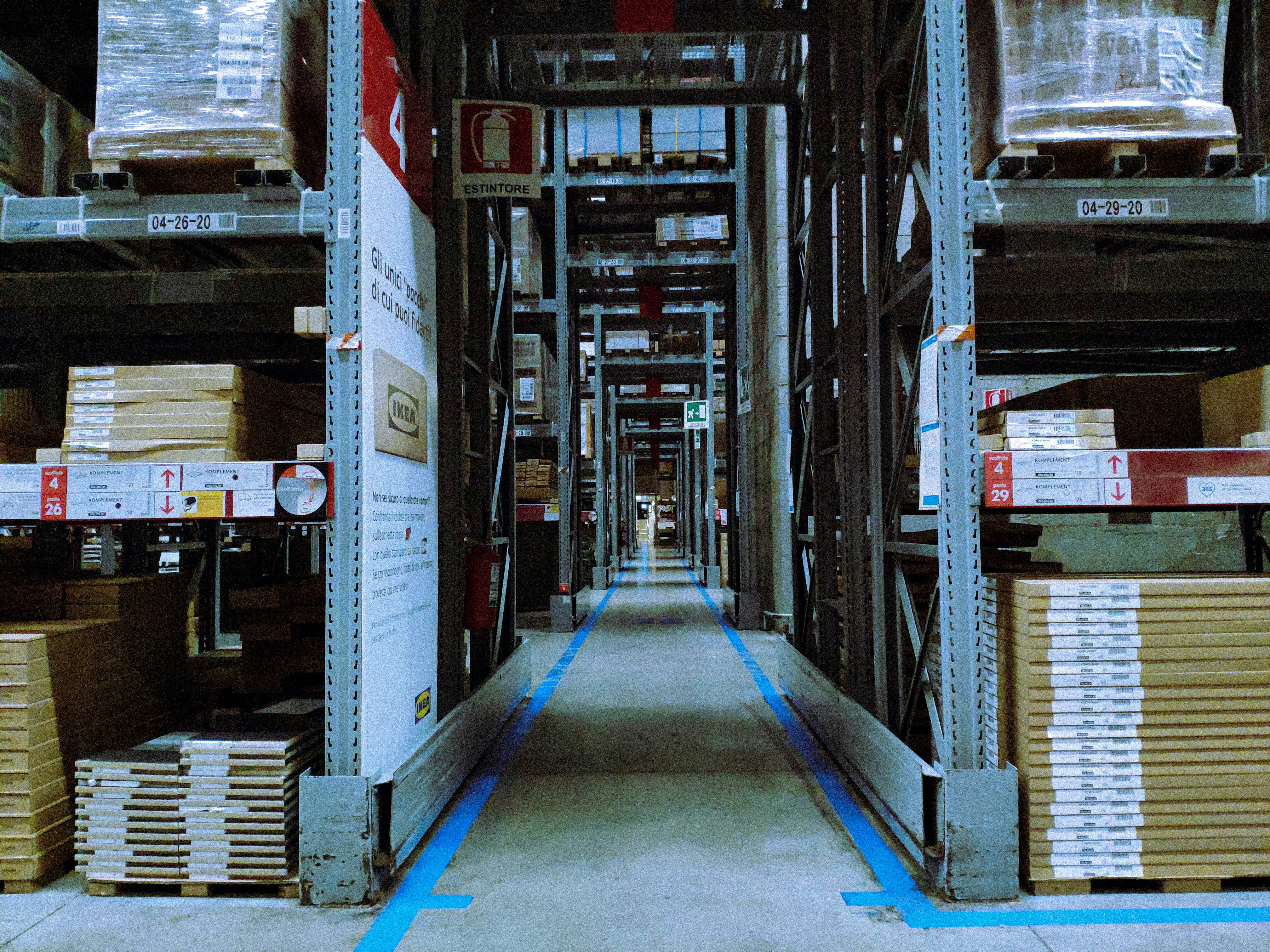Introduction to Barcode Systems in Education
Barcode systems have become increasingly prevalent in various sectors, including education. These systems utilize a series of parallel lines or dots, which represent data in a machine-readable format. This technology has evolved significantly since its inception in the 1940s and 1950s, transitioning from simple identification tags to complex systems that can manage vast amounts of information. In an educational context, barcode technology serves as a crucial tool for streamlining processes and enhancing operational efficiency.
Educational institutions, ranging from primary schools to universities, have recognized the advantages that barcode systems can offer. The primary function of these systems is to facilitate the tracking and management of physical resources such as textbooks, library materials, and student records. The integration of barcodes into educational frameworks allows for a more organized and efficient approach to managing inventory and logistical challenges.
Moreover, the adoption of barcode technology in schools and universities is mirrored by the increasing reliance on digital systems and automated processes. Schools are utilizing barcode scanning to check out materials in libraries, conduct inventory audits, and even monitor attendance. By assigning unique barcodes to each item or individual, educational entities can quickly access data and ensure that resources are tracked accurately and efficiently.
This transition towards barcode systems in education not only streamlines various operational aspects but also enhances the overall learning experience. Students and educators benefit from improved access to resources, which fosters an environment conducive to learning. The systematic approach of barcode technology simplifies administrative tasks, allowing institutions to focus on their core mission of education. As technology continues to advance, it is clear that the role of barcode systems in education will only grow, further revolutionizing the way educational institutions operate.
How Barcode Systems Work
Barcode systems operate through a combination of printed barcodes, scanning devices, and software applications, facilitating efficient data tracking and management within educational institutions. At the core of these systems is the barcode itself, which consists of a series of parallel lines and spaces that encode specific data. Barcodes can be generated through various software programs that allow users to create unique identifiers for books, equipment, or student records.
When it comes to scanning, there are two primary types of barcodes used in educational environments: One-dimensional (1D) barcodes and Quick Response (QR) codes. 1D barcodes, typically seen on retail products, are read by laser scanners which interpret the density of the lines. Conversely, QR codes, which can store more information compared to 1D barcodes, are read by mobile devices utilizing cameras and specific QR code scanning applications. This makes QR codes particularly advantageous for engaging students in interactive experiences, such as accessing course materials or linking to online resources.
Implementing barcode systems requires specific hardware, including barcode scanners, which can either be handheld or fixed-position devices. These scanners translate the visual barcode information into digital data. Additionally, schools and universities also need software that supports database management, allowing for the recording, updating, and retrieval of information linked to each barcode. Educational institutions might employ specialized software solutions designed for tracking student attendance, managing library books, or inventorying classroom supplies.
The integration of barcode technology into education is not only about improving operational efficiency; it also enhances the user experience for students and staff alike. By streamlining administrative tasks through automation, educators can focus more on teaching and learning, ultimately leading to a more productive educational environment.
Applications of Barcode Systems in Schools
In K-12 education settings, barcode systems have emerged as vital tools that enhance operational efficiency. One of the primary applications of barcode systems is in inventory management. Schools often face challenges in maintaining and tracking educational materials and supplies. By implementing barcode technology, schools can effectively manage their inventory, making it easier to know when to reorder materials and reducing the chances of surplus or shortages. This streamlined approach not only saves time for educators but also ensures that students have consistent access to learning resources.
Attendance tracking is another significant application of barcode systems in schools. Traditional methods of marking attendance can be time-consuming and often lead to discrepancies. The use of barcodes allows for quick and accurate attendance recording, as students can simply scan their ID cards upon arrival. This automation reduces administrative labor and enhances data accuracy, giving educators more time to focus on teaching rather than attendance logistics. For example, a middle school in California successfully reduced its attendance recording time by 50% after adopting a barcode-based system.
Library management is yet another area where barcode systems have proven to be exceptionally helpful. Schools use barcodes on library books, which allows for efficient check-in and check-out processes. This not only speeds up the borrowing process for students but also minimizes the risk of lost or misplaced books. A recent case study conducted in a Texas school district revealed a 30% increase in student library usage after the implementation of a barcode system, highlighting its effectiveness in encouraging reading and research among students.
Lastly, asset tracking in schools benefits enormously from barcode technology. Schools often have numerous assets, including computers, sports equipment, and laboratory tools. Barcodes make it easy to track and manage these assets, ensuring that they are maintained properly and that their location is known at all times. The integration of barcode systems in these areas exemplifies a proactive approach to modernizing educational institutions, ultimately enhancing the learning environment for students.
Applications of Barcode Systems in Universities
Barcode systems have found invaluable applications in universities, enhancing the efficiency of various administrative and academic processes. One of the most significant uses is in managing student records. By integrating barcode technology, institutions streamline registration processes, allowing for quicker access to student information, including enrollment status, grades, and attendances. Each student’s file can be tagged with a unique barcode, ensuring that their data is accurately stored and easily retrievable, which ultimately improves the effectiveness of administrative procedures.
Furthermore, barcode systems play a crucial role in the management of course materials. Textbooks, lab equipment, and other educational resources can be cataloged using barcodes, making it simpler for students and professors to check items in and out. With the ability to quickly scan materials, universities can reduce wait times for students and mitigate instances of lost or misplaced resources. Additionally, this system enables institutions to track the usage and availability of materials, which aids in budgeting and procurement decisions.
Research activities benefit significantly from barcode technology as well. Equipment and research supplies can be assigned barcodes, which facilitate tracking and management. Through this method, universities can maintain an accurate inventory of research tools and supplies, ensuring that they remain organized and accessible for faculty and students involved in various projects. Moreover, barcoding streamlines collaborative efforts, as research teams can easily manage shared resources.
Event registrations in universities are also transformed with the adoption of barcode systems. By issuing unique barcodes for event tickets or attendee labels, institutions can efficiently manage participation and check-ins, significantly enhancing the event experience. The integration of barcode technology simplifies data collection for event organizers, providing insights for future improvements.
Benefits of Implementing Barcode Systems
The integration of barcode systems in educational institutions significantly enhances operational efficiency. Schools and universities that adopt these systems often report a marked improvement in the speed of administrative processes. For instance, tasks such as attendance tracking and library checkouts can be completed in a fraction of the time traditionally required. This efficiency not only streamlines daily operations but also allows staff members to allocate more time to engage with students, directly impacting the quality of education provided.
In addition to efficiency improvements, the implementation of barcode systems can lead to substantial cost reductions. By minimizing manual entry errors and reducing the time spent on inventory management, institutions can save both labor hours and resources. A study conducted by the International Society for Technology in Education (ISTE) found that schools using barcoding systems saw an average cost reduction of 20% in library resource management. Such financial benefits can be redirected towards additional educational resources, enhancing the overall learning environment.
Enhanced accuracy in record-keeping is another critical advantage of barcode systems. The use of barcodes ensures that data is recorded precisely, which is crucial for maintaining up-to-date information on student performance and resource inventory. This aspect is particularly vital in educational settings where data integrity is paramount for compliance with governance standards and accountability. Moreover, the quick and accurate retrieval of information facilitates better decision-making by administrative officials.
Furthermore, barcode systems provide ease of access to resources. Students can quickly check the availability of textbooks, computers, and other necessary materials, reducing frustration and improving their learning experience. Such a system promotes an environment where students can take charge of their educational resources, thereby enhancing their engagement and satisfaction.
Ultimately, the adoption of barcode systems in schools and universities fosters an environment conducive to both administrative efficiency and enriched student experiences, making these technologies integral to the future of education.
Challenges and Considerations
The implementation of barcode systems in educational institutions, including schools and universities, can offer numerous advantages, yet it is not without its challenges. One of the primary hurdles that many institutions face is budget constraints. Financial limitations can restrict the ability to invest in necessary hardware and software, along with the ongoing costs associated with maintenance and upgrades. It is crucial for decision-makers to conduct a thorough cost-benefit analysis to ensure that the long-term advantages of a barcode system outweigh the initial investment. Seeking grants or alternative funding sources may also be viable solutions to socio-economic limitations.
Another significant consideration is the integration of technology with existing systems. Many educational institutions have legacy systems in place, which may not easily accommodate new barcode technologies. The process of transitioning to a barcode system could necessitate substantial system updates or the addition of new technology, which can disrupt current operations. Establishing a comprehensive integration plan, which includes timeline projections and contingency strategies, is vital to mitigate operational disruptions during this transition phase.
Additionally, staff training emerges as a critical component during the implementation. Educational professionals may not possess the required technical skills to adapt to new barcode systems efficiently. As such, investing in training programs tailored to various user levels is essential to ensure all staff can utilize the technology effectively. Continuous support and resources should be provided to help smooth the transition process and diminish anxiety associated with adopting new technologies.
Lastly, ongoing maintenance and support are necessary to uphold the functionality of barcode systems. Regular updates and troubleshooting mechanisms must be established to address any technical issues as they arise, thus ensuring that the educational institution can fully benefit from the advantages offered by barcode systems. With strategic planning, educational institutions can navigate these challenges effectively and embrace the benefits of modern technology in their operational processes.
Future Trends in Barcode Technology for Education
The integration of barcode technology in educational institutions has evolved rapidly, and it continues to shape the way we approach learning and administration. Looking ahead, several emerging trends in barcode technology indicate a promising future for schools and universities. One significant trend is the expansion of mobile scanning applications. With the proliferation of smartphones and tablets, mobile devices equipped with barcode scanning capabilities are becoming essential tools for both educators and students. This trend not only enhances accessibility but also streamlines processes such as attendance tracking and resource checkout.
Furthermore, the synergy between barcode technology and Radio Frequency Identification (RFID) systems is gaining traction. By integrating these technologies, educational institutions can improve asset management, library systems, and inventory tracking. For instance, RFID can facilitate a more efficient check-in and check-out process for library resources, allowing students to locate and borrow books seamlessly. This amalgamation of barcode and RFID technology promises to foster a more organized and user-friendly experience within educational settings.
Another noteworthy advancement is the potential for enhanced data analytics through barcode systems. Educational institutions can leverage the data collected from barcode scans to gain insights into student behavior, resource usage, and learning outcomes. By analyzing patterns, schools and universities can make informed decisions about curriculum development and resource allocation. Moreover, the implementation of sophisticated analytics tools can assist educators in identifying at-risk students and tailoring interventions accordingly.
In conclusion, the future of barcode technology in education is poised for innovation, with mobile scanning, integration with RFID, and enhanced data analytics at the forefront. As educational institutions continue to embrace these advancements, the effectiveness of teaching and learning processes is likely to improve significantly, creating a more efficient and engaging environment for all stakeholders involved.
Case Studies of Successful Barcode System Implementations
Numerous schools and universities have successfully adopted barcode systems, dramatically enhancing their operational efficiency and educational outcomes. One notable case is the implementation of barcode tracking at Oakwood High School. Faced with challenges such as inventory mismanagement and time-consuming check-in/check-out procedures for library materials, the school undertook a comprehensive solution. By adopting a barcode system, each resource was assigned a unique identifier, which streamlined the borrowing process and allowed real-time tracking of inventory levels. The result was a 40% reduction in overdue items and a significantly enhanced student experience.
Another compelling example comes from the University of California, where a barcode system was integrated into their course registration process. Prior to this implementation, students faced long wait times and administrative errors that complicated enrollment. The university introduced barcodes linked to student IDs, which automated the check-in procedure for course registration events. As a result, the university reported a 30% increase in overall registration efficiency, with students appreciating the speed and convenience of the revised system.
St. Helena College showcases yet another successful instance. The institution initially struggled with efficient attendance tracking, relying on manual roll calls which often resulted in inaccuracies. By equipping faculty and students with barcode-enabled ID cards, the college facilitated seamless attendance recording through scan technology. This solution not only reduced the time spent on attendance but also provided accurate data analytics on attendance patterns, leading to improved engagement among students.
These case studies illustrate the transformative impact of barcode systems in educational settings. The successful implementation in schools and universities demonstrates how overcoming challenges with targeted technology can lead to more efficient operations, ultimately benefiting both students and staff alike. As other institutions consider similar systems, the insights gained from these examples will be invaluable for future endeavors.
Conclusion: The Transformation of Educational Management
In recent years, the advent of barcode systems has fundamentally transformed the landscape of educational management in both schools and universities. These systems, which facilitate the seamless tracking and management of various educational resources, offer a plethora of advantages that extend beyond mere inventory management. By integrating barcode technology, educational institutions can enhance efficiency, reduce administrative burdens, and ultimately improve the learning experience for both students and educators.
The implementation of barcode systems enables precise tracking of textbooks, equipment, and educational materials, thus minimizing instances of loss or misplacement. Furthermore, the integration of these systems into learning management processes streamlines the distribution and retrieval of resources, ensuring that instructors have timely access to the materials they require for effective teaching. Additionally, students benefit from this increased efficiency as they can easily locate and borrow resources, fostering a more resourceful and independent learning environment.
Moreover, barcode technology supports better data collection and analysis, allowing institutions to make informed decisions based on real-time inventory insights. With the capability to analyze patterns in resource usage, schools and universities can tailor their offerings to meet the specific needs of their student populations, thereby optimizing their educational services. Such adaptability is crucial in a rapidly evolving academic landscape where personalized learning experiences are becoming increasingly important.
As educational institutions continue to seek innovative solutions for the challenges they face, the role of barcode systems is likely to expand further. The ongoing need for technological advancement in education underscores the importance of adopting effective management tools that enhance operational efficiency. Embracing these innovations ultimately leads to a more organized, accessible, and enriched educational experience, positioning schools and universities for long-term success in the digital age.
© barcodly.com- All rights reserved





